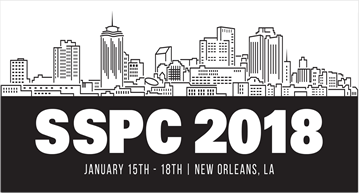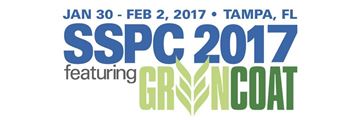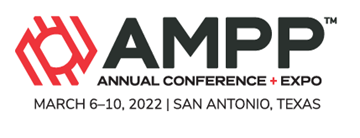Search
Products tagged with 'material selection'
View as
Sort by
Display
per page
SSPC CPC-1/NACE SP21412-2020, Corrosion Prevention and Control Planning
Product Number:
SP21412-2020
Publication Date:
2020
$109.00
Step Change Epoxy Coatings for Pipes, Tanks, Vessels and Railcars
Product Number:
51218-089-SG
Publication Date:
2018
$20.00
That Sounds Great, but How Long Will it Last?
Product Number:
51219-220-SG
Publication Date:
2019
$20.00
The Manufacturer’s Standard Coating System - What it can Mean to the Stake-Holders in the Equipment Purchasing Process
Product Number:
41216-981-SG
Publication Date:
2016
$20.00
Transmission Tower and Pole Painting - A Challenge for All Involved
Product Number:
51217-047-SG
Publication Date:
2017
$20.00
Understanding Materials Testing as it Relates to Product Evaluation and Selection in the Polymeric Flooring and Coatings Industry
Product Number:
41214-856-SG
Publication Date:
2014
$20.00
Use of Pre-Construction Primers in Marine Construction
Product Number:
41215-876-SG
Publication Date:
2015
$20.00








